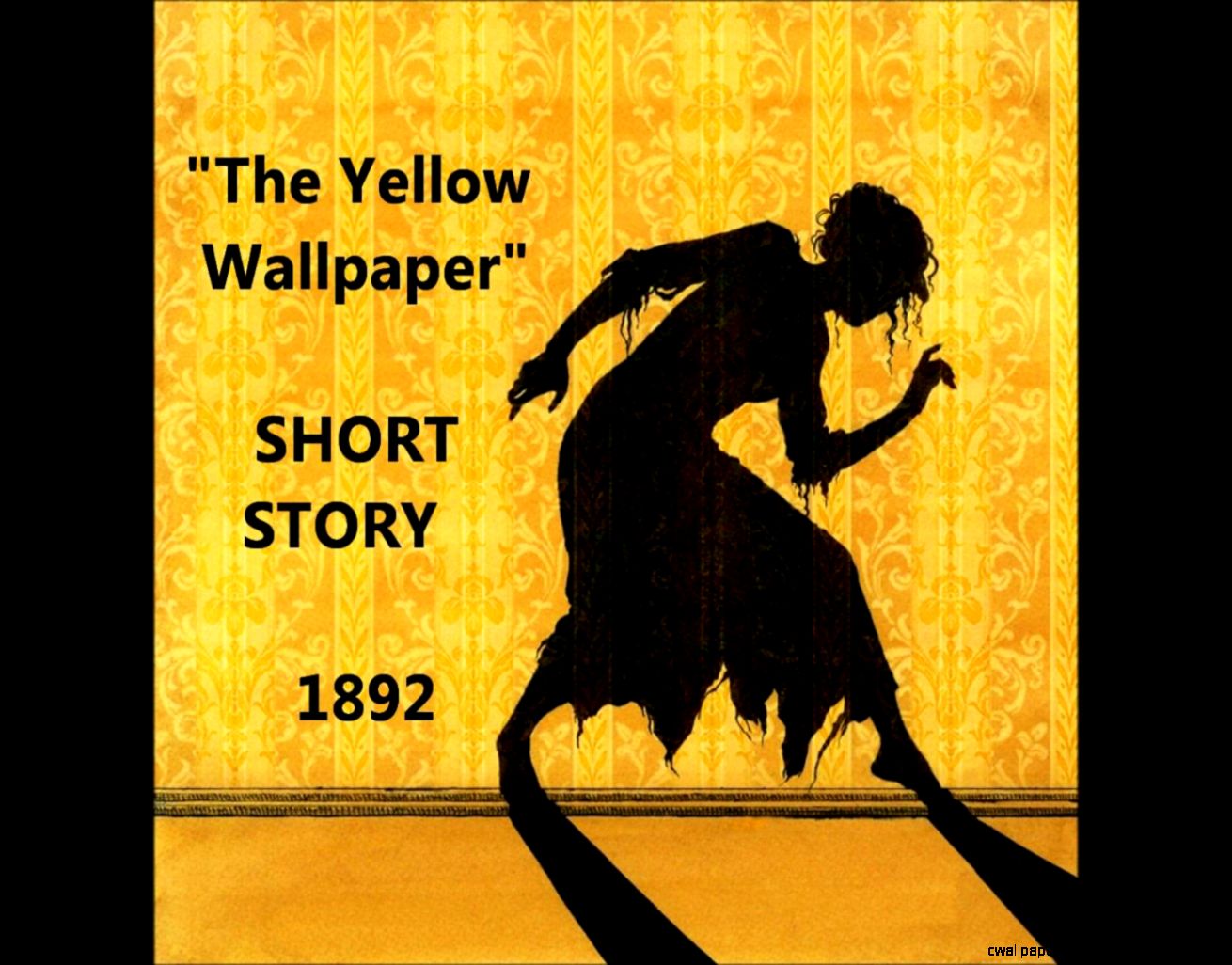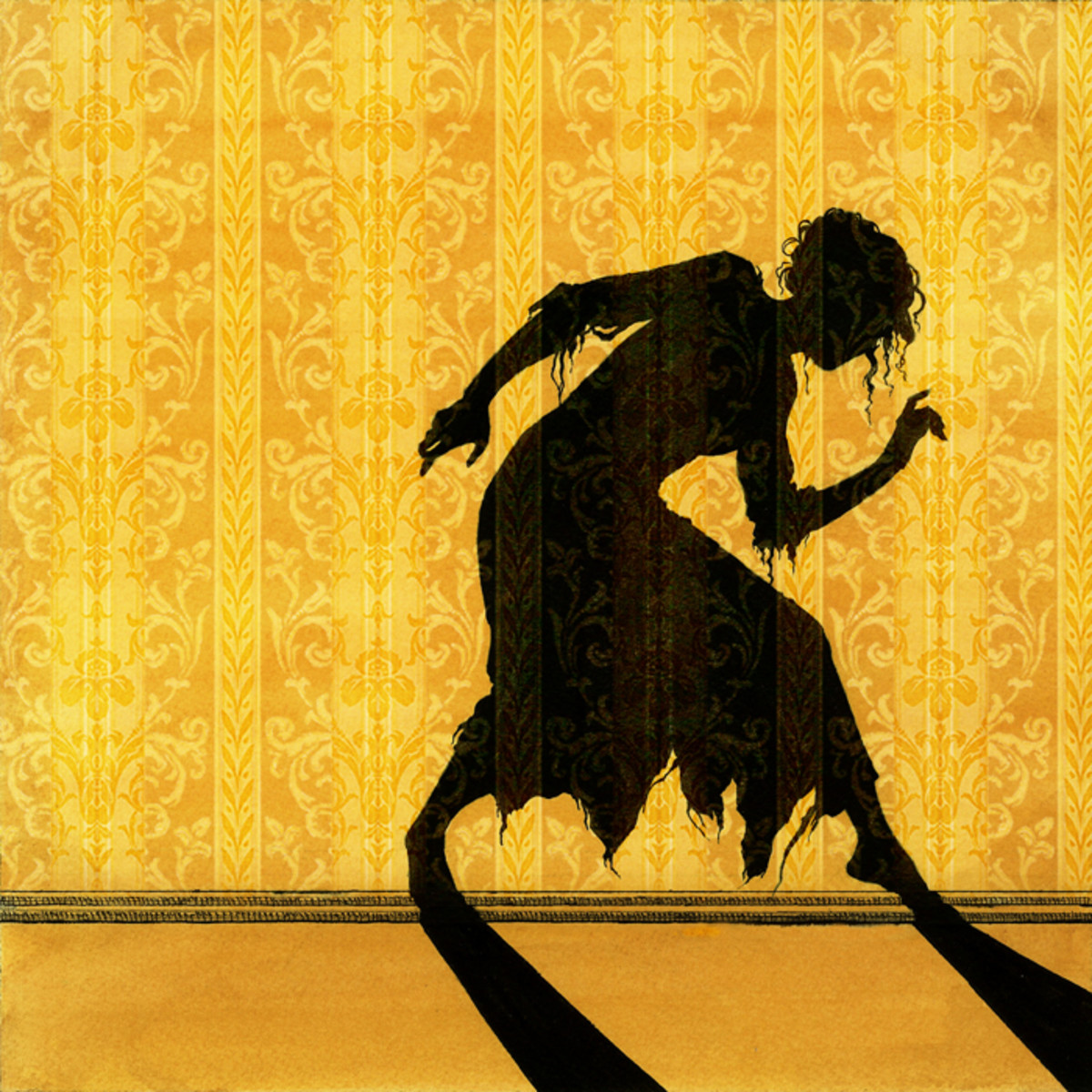

The narrator’s only companion is the paper to which she confides her thoughts and feelings. Those assumed to be loving family members and friends have in reality become jailers. secondly, other characters who have become elements of control: John the narrator’s brother who is also a doctor Dr Weir Mitchell Mary, who has taken over the mothering of the narrator’s child and Jennie, John’s sister, “a perfect and enthusiastic housekeeper” (17).

first, material elements of confinement: the house, the room in which the narrator is largely confined, the wallpaper and its pattern, the garden and other surrounds of the house,.The text consists of an interweaving of descriptions of “elements”: Yet within this conventional outline the structure and narrative style are unusual. Five sections are present, each one introduced by a phrase such as these. A conventional shape is imparted by the fact that the story line follows the period of the summer renting of a country house: the opening is when the rental is taken up and some of the sections into which the story is divided refer to the length of the rental: “We have been here two weeks…” “Well, the Fourth of July is over!” “Hurrah! This is the last day,….” (the climax of events).

Irony, derived from the narrator’s limited knowledge and understanding, is therefore a fundamental technique of “The Yellow Wallpaper.” Moreover, the narrator is not able to comprehend her growing physical confinement and powerlessness, as the reader is able to do. When the narrator does manage to interpret some sign of her subjugation correctly, her anger is neutralised by the ideology of romance and marriage. Perhaps he is himself deluded by his show of feeling. For example, the reader has no trouble in seeing through John’s patronising affection as an instrument for controlling his wife, but the narrator accepts his cultivated love and concern at face value. She nevertheless unconsciously reveals her subjugation to the reader, with the result that the reader understands it much more clearly.

The pervasive irony derives from the narrator, who fails to interpret her own condition, or to notice her gradual, horrifying decline into madness. The narrator, the contents of her narrative (what she reveals and what she withholds, what she knows and what she doesn’t know), her attitudes and her narrative methods, are the basis of the powerful effects Gilman’s story achieves. “The Yellow Wallpaper”: Tools for Interpretation The ideas presented in her book Women and Economics invite comparison with contemporary insights into women’s social and economic positioning. See below for a list of background and critical reading about “The Yellow Wallpaper,” which, together with her feminist utopia Herland, is Gilman’s best-known work. Charlotte Perkins Gilman was a leader of the late nineteenth-century feminist movement in America, and a key theorist.


 0 kommentar(er)
0 kommentar(er)
